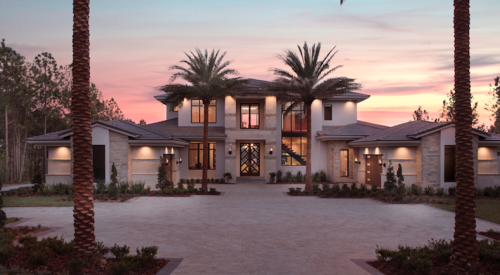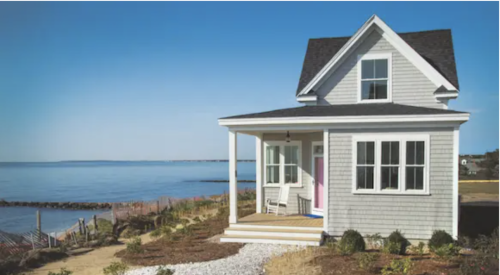|
Troweled over drywall, the clay compound integrates pigment to provide plaster's charm without the hassle.
|
Plaster, once practically the only choice for interior walls, hasn't exactly gone the way of the dodo, but it's not a thriving species either. However, as Tuscan and other European-styled homes continue to capture buyers' hearts, builders may again be looking for the earthy, Old World feel of plaster.
A mother and son team in Albuquerque, N.M. - one of the few markets where plaster still is very popular in new homes - think they've come up with a faster, easier-to-install and more environmentally friendly product than traditional plaster.
Croft Elsaesser, a plasterer who specializes in high-end homes, with the help of his mother, Carol Baumgartel, a professional potter, created American Clay plaster, a compound made from clay, aggregates and natural pigments. When the powder is mixed with water, it can be troweled onto most primed surfaces, including drywall, CMU and adobe. After 12 hours of drying time, the installer re-wets the surface with water and can apply a final coat. Since the color is integral, no painting is required, says Baumgartel.
Builder Kim Unger, who builds two or three homes a year, used the clay plaster for all the interior walls of a 3,200-square-foot, million-dollar-plus custom home in Sante Fe. He applied two coats to taped and primed drywall and says the product shaved at least two to three weeks off the typical construction schedule of a home with a painted plaster job.
American Clay plaster comes in 13 standard colors and also can be customized, says Baumgartel. Prices vary depending on finish. A bag of Loma, which gives a soft, matte finish that can be textured, sells for $64.50, including color, and will cover from 100 to 200 square feet with a double coat, depending on thickness.
For more on the product, including buying and installation information, go to www.americanclay.com.








